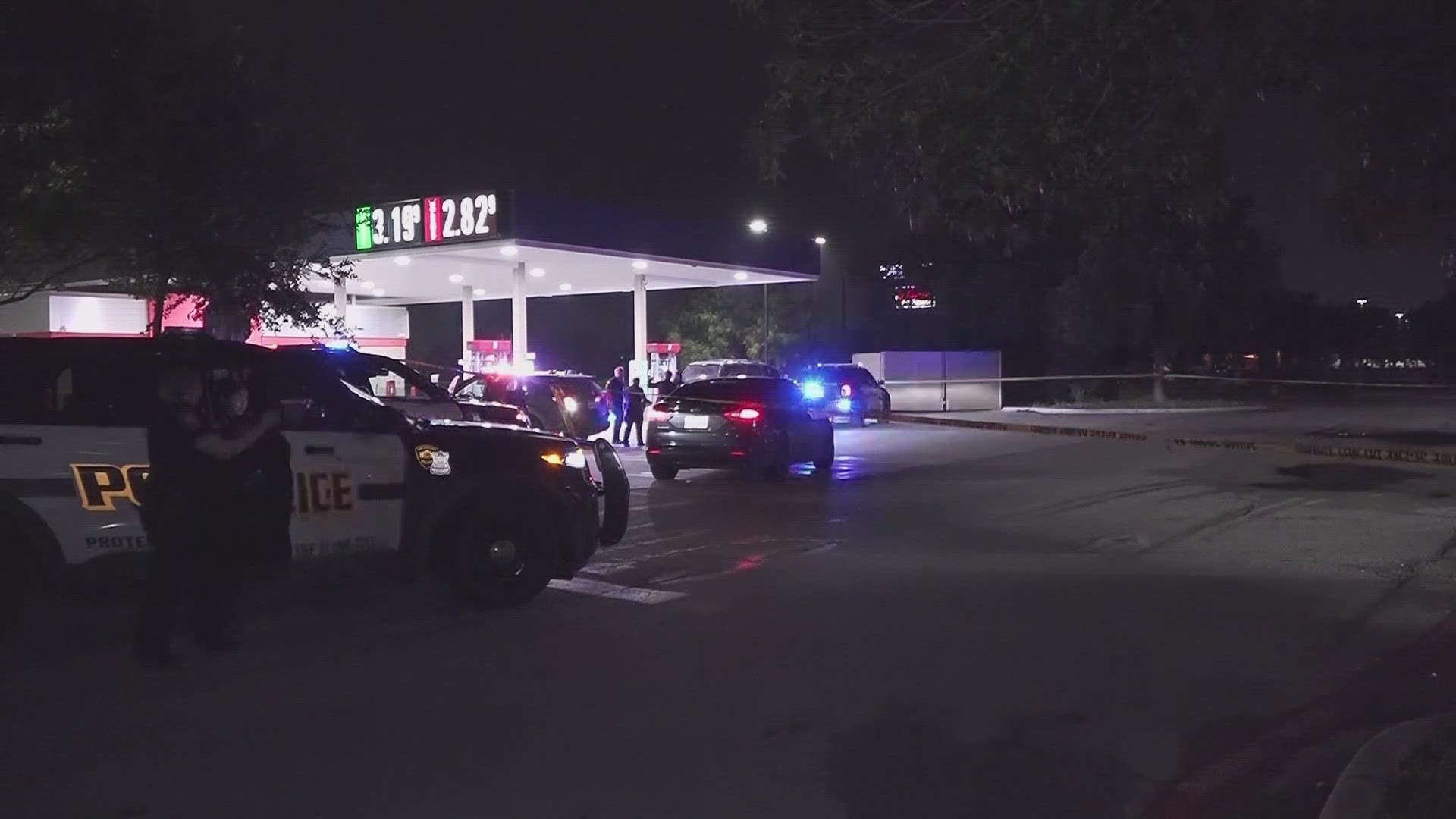SAN ANTONIO — Dean DeSoto regularly sees people who have been cited for aggressive driving in San Antonio, but those interactions don't happen on the road.
Instead, he sees them at court-mandated classes the drivers are ordered to attend at Community Alliance for Training and Safety (CATS), where DeSoto serves as executive director.
The drivers are required to take either four or eight hours of "aggressive driving" classes based on their offense. The position gives DeSoto a good idea of how many aggressive drivers and road-rage incidents the city is seeing each year.
"We have about 70 drivers a month go through the program right now," DeSoto said.
As of this weekend, 2023 has seen 503 aggressive drivers on Alamo City streets. And DeSoto said incidents are becoming more violent.
"It's abnormal," he said.
What's behind the road rage?
DeSoto said a bigger population and additional traffic are part of the problem, but he's also seeing people becoming more reckless and "competitive" on the road.
"Now we are hearing about people going 100 mph in 30 mph zones," DeSoto said.
While the Texas Legislature passed constitutional carry in 2021 and eliminated the requirement to have a license to carry, DeSoto said he doesn't believe easier access to guns is to blame. Instead, he says, people are simply not thinking through their actions.
"We drive, we have a choice. We make these decisions, we have a choice. We forget that choice," he said. "There is a lot of impulsivity to it. Why would you shoot somebody who cut you off? It makes no sense. Does it solve the problem? No it doesn't."
The classes initially work with large groups before breaking into smaller ones to discuss reasons for personality changes and frustrations behind the wheel. DeSoto said many class members don't have a particular reason for their actions.
"Most of the time it's blind rage, but there have been other factors," he says, citing alcohol and methamphetamine. "Some of the clients have felt a spiritual depravation. They said, 'I've determined that my life is devoid of spirituality.' Some people have disclosed that in the groups."
A lack of data
SAPD does not currently track road-rage events. DeSoto said it would be better if they did, before adding the data wouldn't be as useful as one might think.
He said there is actually is no statewide or "common" definition of road rage in Texas. This means different law enforcement agencies use different metrics to determine a road-rage incident, making it difficult to compare data.
"You can't really attack the problem until you have a good tracking base," DeSoto said. "They are working on it... we need a common definition, and that would be helpful."
CATS is able to keep stats thanks to its proximity with people in the local justice system.
Still, DeSoto also said he has been working with the University of Texas at San Antonio to go over the currently available road-rage data even without a common definition.
He says Houston is currently seeing the highest number of road-rage-related fatalities, while Dallas and San Antonio sit at No. 2 and No. 3, respectively.
He said the UTSA analysis also shows San Antonians are seeing more road-rage incidents per capita than the other cities.
>TRENDING ON KENS 5 YOUTUBE:

